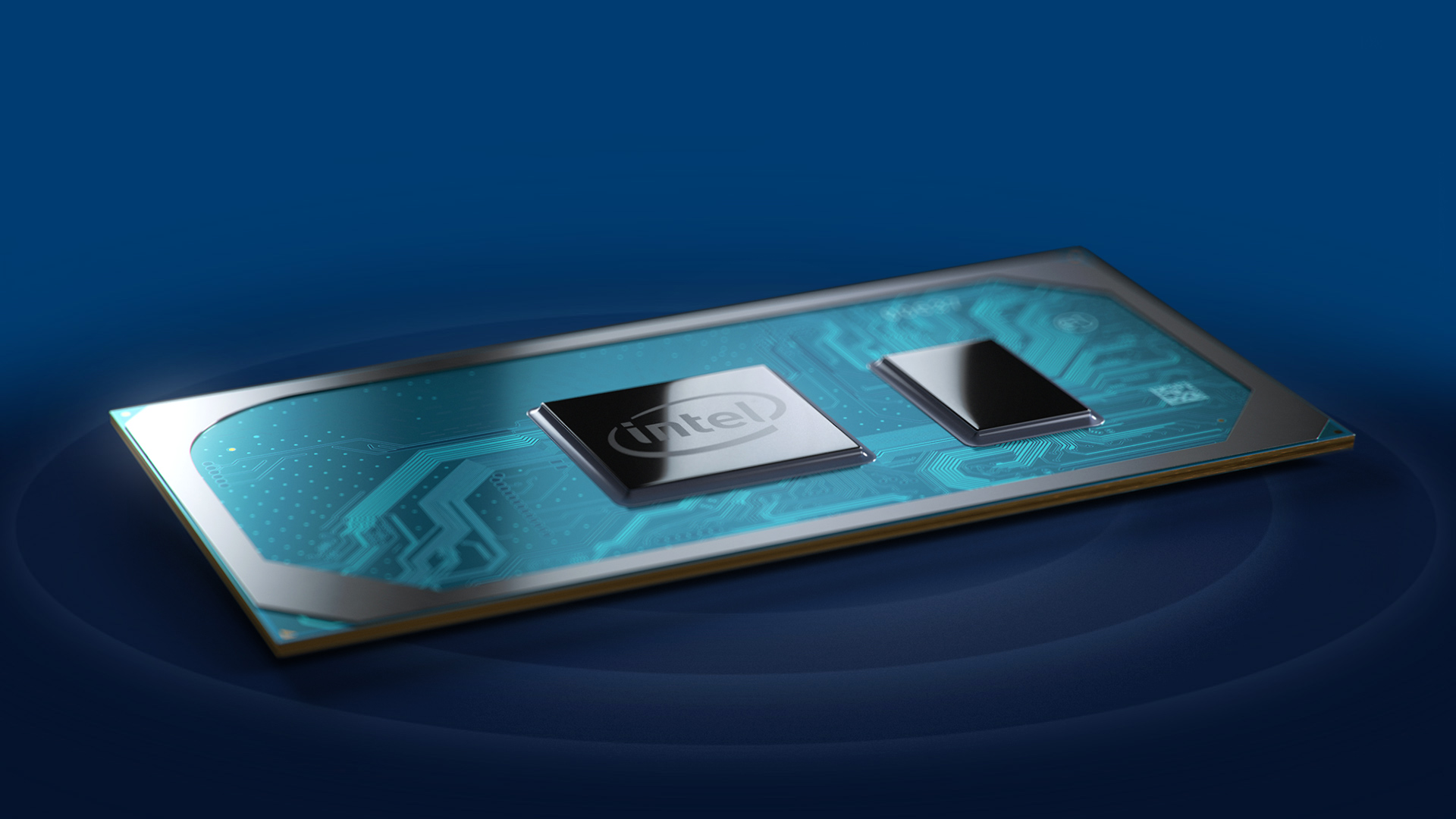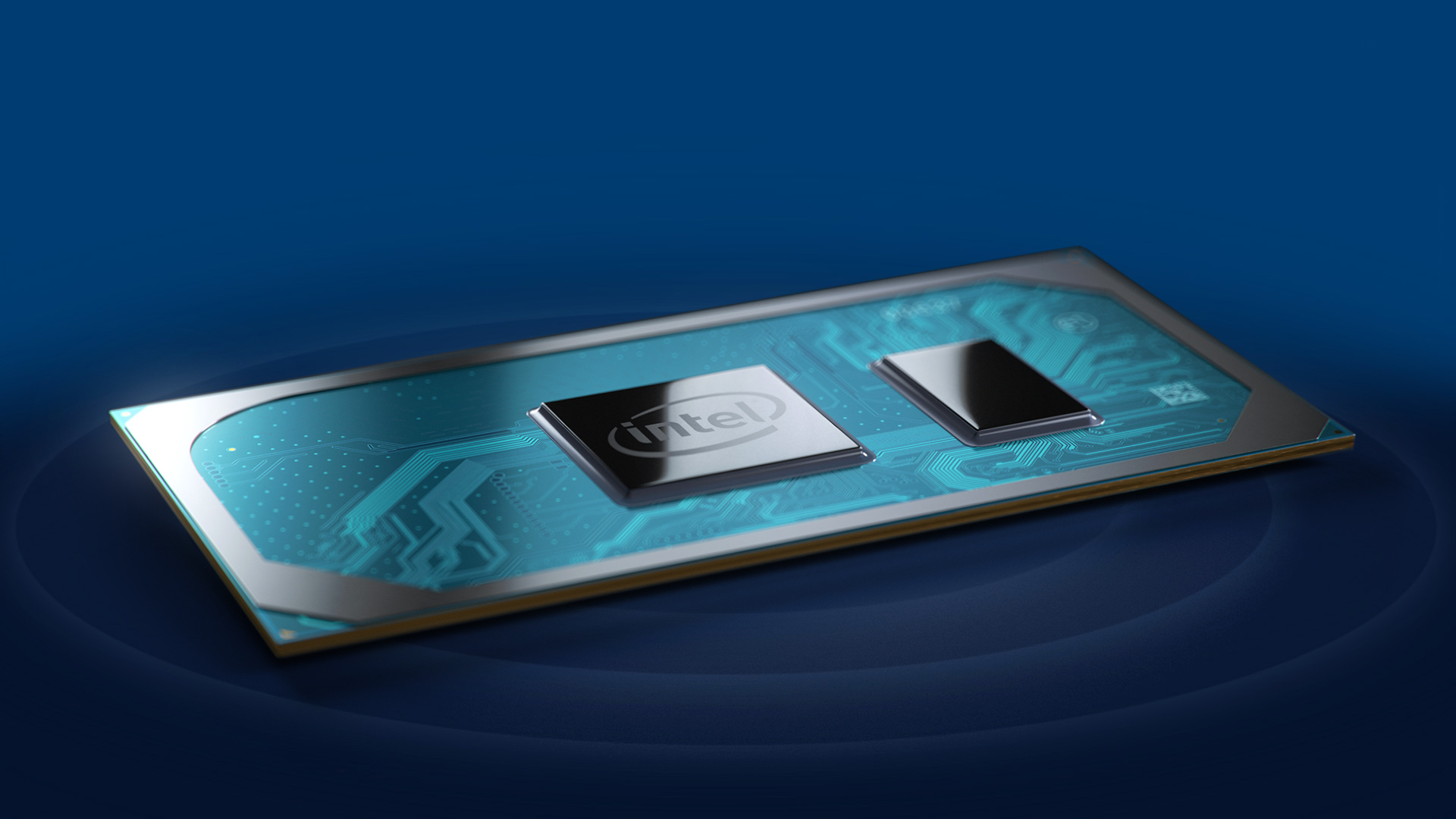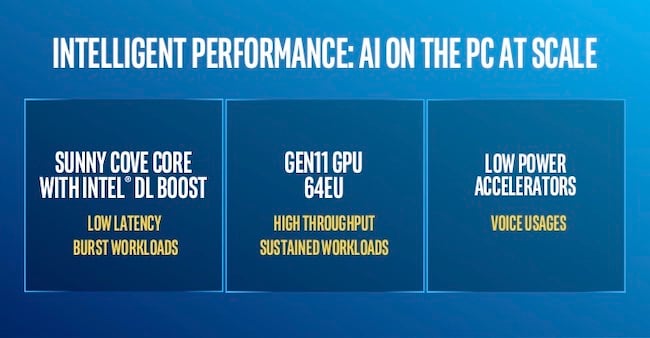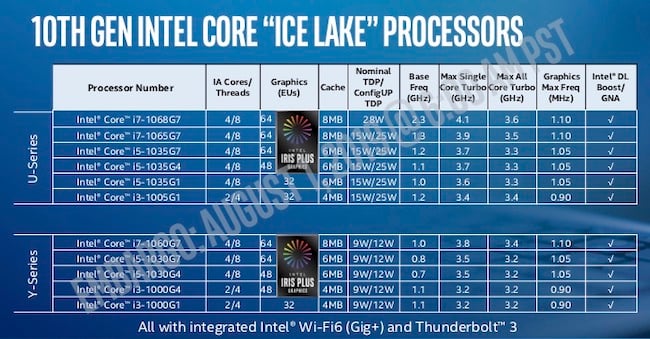

Intel's 10nm processors are finally here, but desktop users might have to wait.
We were originally told Intel would debut its 10nm fabrication process as a die shrink for the 7th Gen. Kaby Lake in a CPU that would have been called Cannon Lake in 2015 or 2016. At CES in January 2017 Intel showed a laptop that apparently used Cannon Lake, while telling us that laptops would be available in 2018. This did indeed come to pass when Lenovo shipped the IdeaPad 330 with a dual core Cannon Lake CPU and AMD RX 540 graphics.
Cast your mind back and you may recall that back in 2007 Intel started talking about Tick-Tock where they alternated between changes to their Fabrication Process and Micro Architecture. In 2014 that became Tick-Tock-Tock (Process-Architecture-Refinement) and then in 2017 they quietly shelved the idea as it would have become Tick-Tock-Tock-Tock. The problem was that Intel’s 10nm development had run into awful problems, so in October 2017 Intel launched their 8th Gen Coffee Lake desktop CPUs with up to six cores using a process they called 14nm++, to differentiate from the 14nm+ process that was used in 7th Gen Kaby Lake.
That was an unusual move by Intel but we focussed on the bump in core counts and were generally impressed by the Core i7-8700K. In October 2018 Intel released the 8-core Core i9-9900K that continued to use 14nm++ and now we were looking at a minor bump in core count from six to eight and the fact the heat spreader was soldered to assist heat dissipation. We had to wonder how Intel had taken a full year to move the dial to such a small extent.

Intel
On 1st August 2019 Intel announced a product stack of 10th Gen. 10nm Ice Lake CPUs that is intended to demonstrate that 10nm is alive and well and that Intel is back on track. These CPUs will appear in laptops that go on sale for ‘Holiday 2019’ in time for Christmas, so you can expect to see them in the very near future.
10th Gen. Ice Lake parts use a new numbering system that puts the emphasis on the capability of the integrated graphics. We have Core i3/i5/i7-10 (for 10th Gen.) then two digits for the specific SKU followed by a suffix G7/G4/G1 that describes the capability of the Gen. 11 graphics.
G7 - 64 EUs (Execution Units)
G4 – 48 EUs
G1 – 32 EUs
Current Intel laptops use Gen. 9 graphics. The delays to 10nm mean that Gen. 10 was never launched and Intel claims the best Gen. 11 graphics have double the capability of Gen. 9.

Intel
Naming conventions
When it comes to Ice Lake Intel has ditched the traditional letter that denotes the TDP range so you can kiss goodbye to U, Y and so on, although we will have more to say on this subject in a week or two. Each CPU has two or three TDP levels that can be set in the BIOS so for example the Core i7-1065G7 can be configured TDP Up at 25W or TDP Down at 15W. Other parts might have a nominal TDP of 15W with a TDP Up of 25W and a TDP Down of 12W, so pinning down clock speeds for any given processor is going to be very tricky as the power configuration plays a major part.
The 28W Core i7-1068G7 is an outlier as it has a single TDP value and a base clock speed that is significantly faster than the other CPUs. We suspect this will be used as the flagship Ice Lake part to demonstrate the virtues of the new 10nm process.
There are significant changes with Ice Lake as every CPU uses Hyper Threading and low power ‘Y series’ parts are available in 4 core versions for the first time. Core i3 is 2 core/4 thread and then Core i5 and i7 are 4 core/8 thread with differing levels of cache. Core i7 has 8MB, Core i5 has 6MB and Core i3 has 4MB.
Naturally we are keen to see how Ice Lake performs, in particular with regard to the Gen. 11 graphics. When it comes to the CPUs we struggle to see how these parts will be a leap forward from 9th. Gen. IPC (Instructions Per Clock) improvements are claimed to leap forward by the best part of 20 percent thanks to the new Sunny Cove architecture while clock speeds are significantly lower, to the tune of something like 800MHz due to the failings of 10nm.
We have to applaud the fact that Intel is finally delivering 10nm for thin and light laptops. Our next hope is that they are able to roll out Ice Lake to higher power parts such as 45W laptops and then we want to see Ice Lake and 10nm on the desktop. It seems to us that Intel is not yet out of the woods and that AMD has a solid opportunity to grab market share with Zen 2 in the coming months.
Tags: Technology


Comments